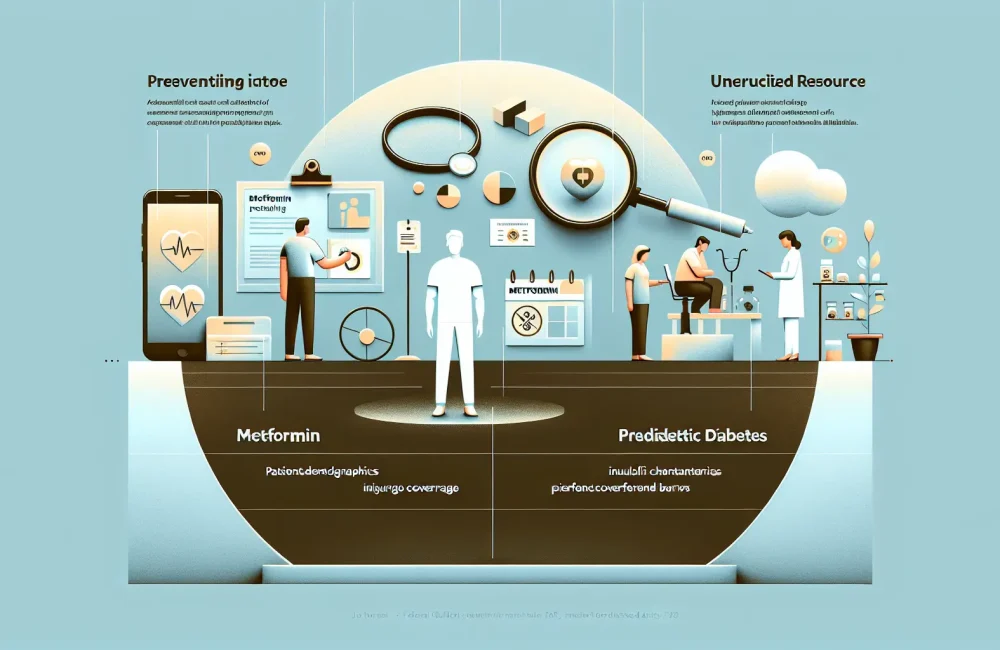By CAFMI AI From JAMA
Importance of Demographic Factors in Diabetes Treatment
Understanding the impact of demographic factors such as age and sex on the efficacy of treatments for type 2 diabetes is crucial for clinicians aiming to provide personalized care. The authors of the original study emphasize that individualized therapy, which takes these variables into account, can lead to improved health outcomes for patients. Age and sex differences influence how patients respond to various diabetes medications, making it evident that a one-size-fits-all approach is not optimal. This personalized strategy can enhance glycemic control, reduce the risk of complications, and improve quality of life. Moreover, recognizing these differences helps clinicians anticipate potential adverse effects and adjust treatment plans accordingly. The study underlines how patient diversity affects treatment response, reinforcing the need for clinicians to integrate demographic considerations into their therapeutic decisions. This approach aligns with a growing trend in medicine toward precision health, where treatments are tailored not only to disease characteristics but also patient-specific factors.
Methodological Insights and Need for Further Research
The authors provide important clarifications regarding their study’s design and subgroup analyses, addressing concerns raised by peers. They reiterate that their analyses were carefully structured to identify statistically and clinically significant differences in treatment responses among age and sex groups. However, they also acknowledge the inherent limitations of subgroup analyses, such as reduced statistical power and potential confounding factors. This transparency allows clinicians to interpret the findings with a balanced understanding of their strengths and weaknesses. The study calls for further research to elucidate the underlying biological and social mechanisms that contribute to differential treatment responses. This includes investigating hormonal influences, genetic factors, lifestyle behaviors, and social determinants that might affect how therapies work across different demographics. Such research is essential to inform the development of refined treatment algorithms and to ultimately improve personalized diabetes care. Until more definitive evidence is available, clinicians should consider current findings as guidance rather than absolute rules, integrating them with clinical judgment and individual patient circumstances.
Clinical Implications and Future Directions in Diabetes Management
From a clinical standpoint, recognizing age and sex differences in type 2 diabetes treatment efficacy has multiple implications for patient care workflows. Primary care providers should consider these factors when choosing medications and monitoring patients, incorporating demographic data into electronic health records to aid in decision-making. Counseling points should address how differing responses may affect the likelihood of success and potential side effects, helping patients understand the rationale behind personalized treatment choices. Follow-up strategies might involve more frequent assessments or adjustments in therapy during different life stages or for patients of a particular sex. Understanding these nuances supports better risk stratification and optimization of therapy to prevent complications such as cardiovascular disease, kidney impairment, and neuropathy. The authors conclude with a call to action for continued investigation and integration of personalized medicine strategies in type 2 diabetes management. This is expected to minimize adverse effects, improve patient adherence, and enhance overall outcomes. Clinicians are encouraged to stay informed about emerging evidence and to apply tailored treatment approaches in practice to meet the diverse needs of their patients effectively.
Read The Original Publication Here






